SDG4
In 2023, the NCKU Campus Public Art Forum explored and envisioned the new future of public art on campus.
National Cheng Kung University (NCKU) has long been dedicated to promoting humanities and arts on campus and enhancing students' aesthetic literacy. In order to depict the beautiful imagination of art on campus and allow public art to play a communicative role, the Art Center organized the "2023 NCKU Campus Public Art Forum" on the 15th, inviting scholars, artists, and the public to gather together. They aimed to review and discuss the history, development, and future prospects of art on the NCKU campus. Moreover, they pondered the challenges and possibilities facing public art development in Taiwan, aiming to integrate art more deeply into society and bring it closer to people's lives.
Vice President Woei-Jer Chuang expressed gratitude to Professor Chong-ray Hsiao, an honorary professor of the Art Research Institute and the Department of History, who organized the campus sculpture exhibition in 1998 and the campus environmental art festival in 2009, which introduced many large-scale artworks to NCKU. Vice President Chuang stated that the university seeks to touch people's hearts through art and culture, emphasizing NCKU's strong capabilities in public art. He also highlighted the university's leadership in combining technology and art, serving as a role model for other universities.
Chia-Han Yang, Vice Director of the Art Center and Director of the Creative Industry Design Institute at NCKU, mentioned that NCKU was the first university to establish an art center and introduce public art to the campus, making it the university with the highest quantity of public art. He explained that while the past emphasis was more on inventory, installation, maintenance, and guidance, the current focus has shifted to a more integrated approach with the community and city, marking the era of Public Art 2.0.
Ming Turner, Visual and Performing Arts Director of the Art Center and Associate Professor of the Creative Industry Design Institute, pointed out that it has been over 20 years since Professor Chong-ray Hsiao organized the campus sculpture exhibition in 1998, prompting a reevaluation of the overall landscape and symbolic significance of public art on campus. Professor Chen also mentioned the government's "Cultural and Artistic Funding Act," which mandates that one percent of construction costs must be allocated to installing public art, opening up more opportunities for artists. She hoped that through this event, participants could collectively ponder the challenges and possibilities facing public art in Taiwan, making art more relevant to society and communities, evoking emotions, and becoming an indispensable element in our lives.
The first lecture was delivered by Professor Chong-ray Hsiao, an honorary professor of the Art Research Institute and the Department of History at NCKU, and the curator of the previous two large-scale sculpture exhibitions and campus environmental art festivals. He shared the history of art on the NCKU campus and explored how art and the campus environment can collaborate and improve in the era of interdisciplinary science and art.
Subsequent forums discussed "Atypical Public Art Projects" and "Public Art and Social Interaction," inviting academics and art practitioners to explore different aspects of public art planning. "Atypical Public Art Projects" focused on project-based and artwork leasing public art installation cases, while "Public Art and Social Interaction" redefined the meaning of public art by exploring how it interacts with local people, objects, and settings. Through these discussions, participants reviewed the history, development, and future prospects of art on the NCKU campus, while contemplating the challenges and possibilities of public art in Taiwan.
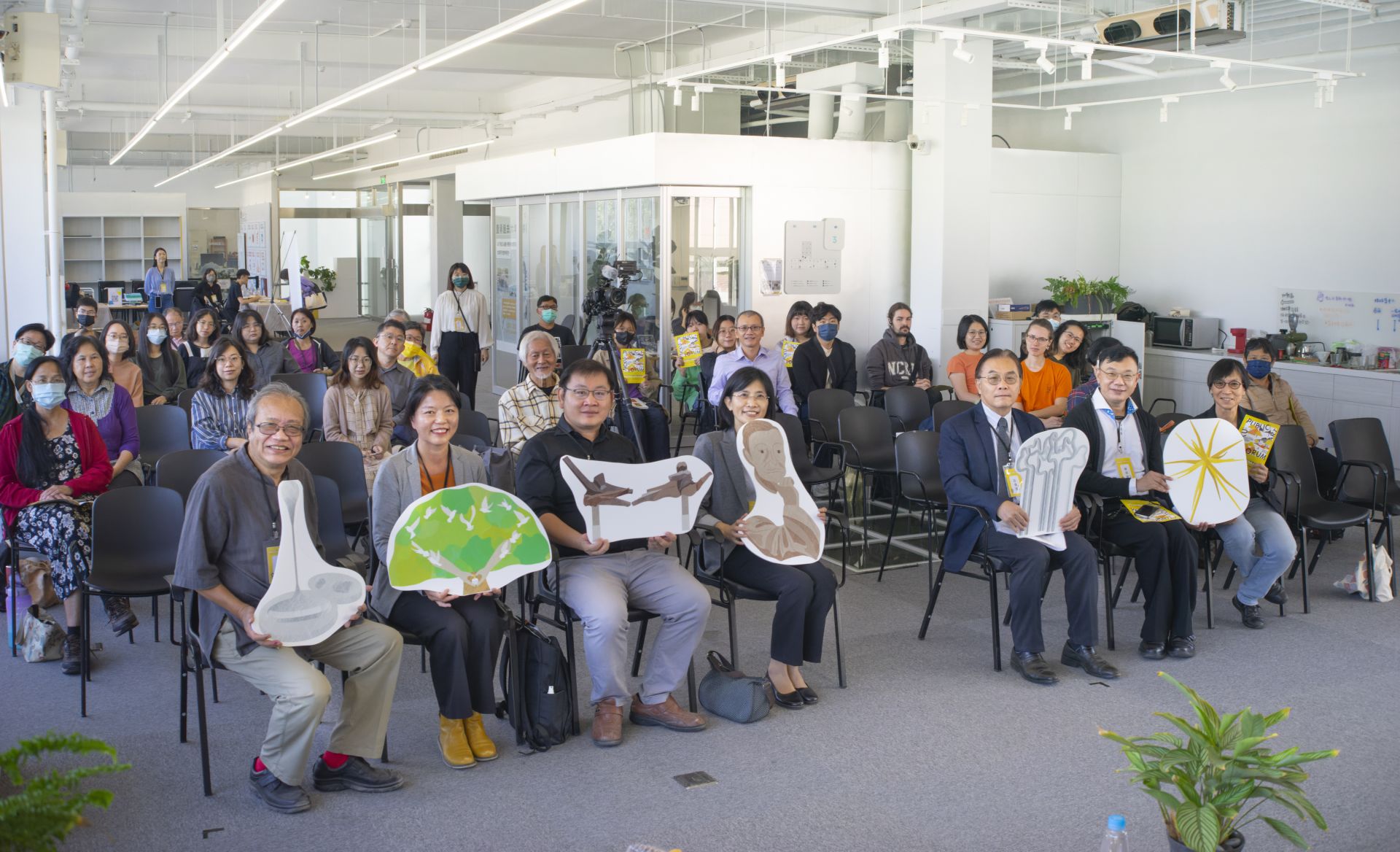
The "NCKU Public Art Forum 2023" will be held on the 15th to explore and envision the new future of public art on campus.
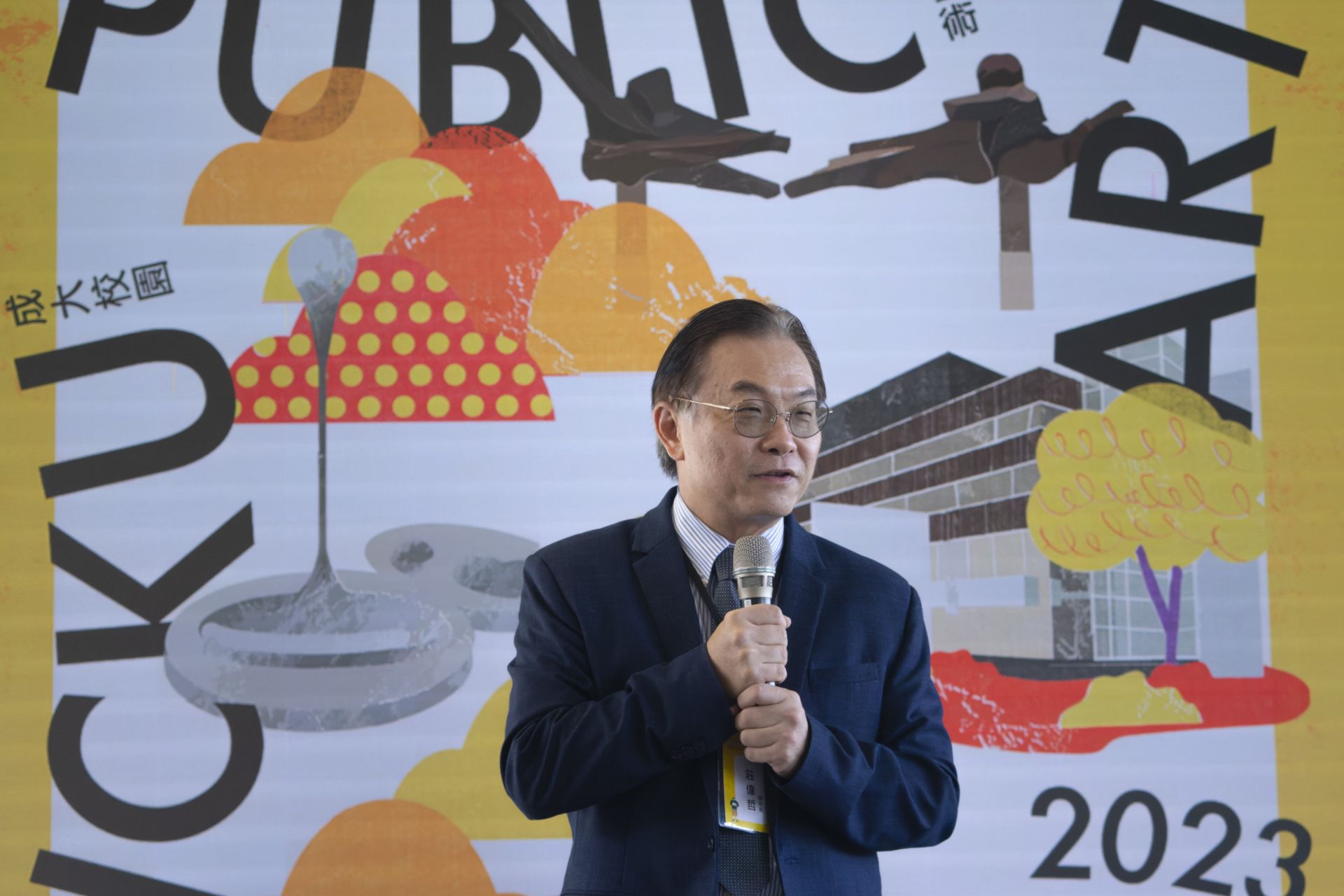
Vice President Woei-Jer Chuang emphasized that NCKU aims to touch people's hearts through art and culture.
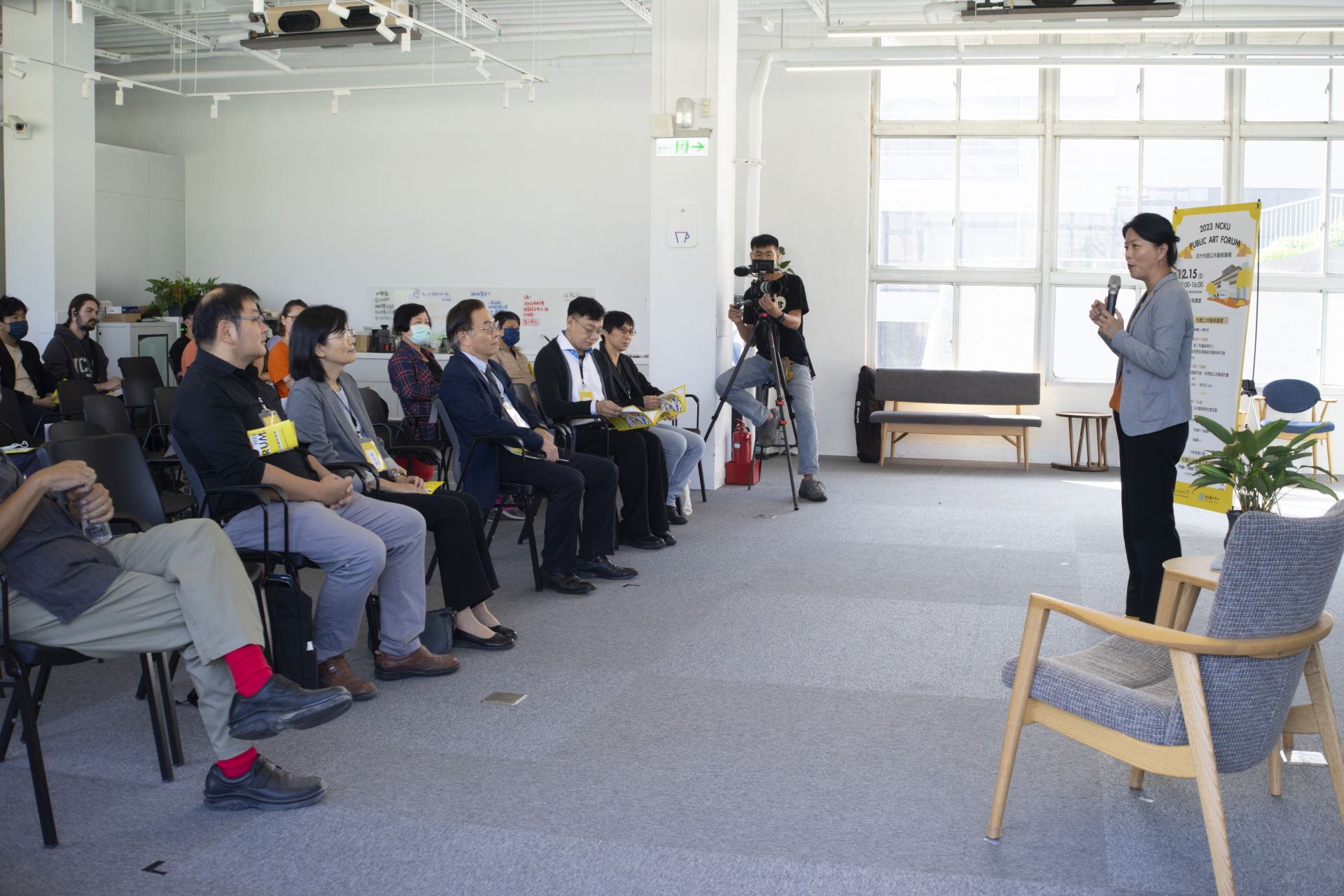
Ming Turner, the Visual and Performing Arts Director of the Art Center, mentioned that public funding can offer artists more opportunities within the industry.
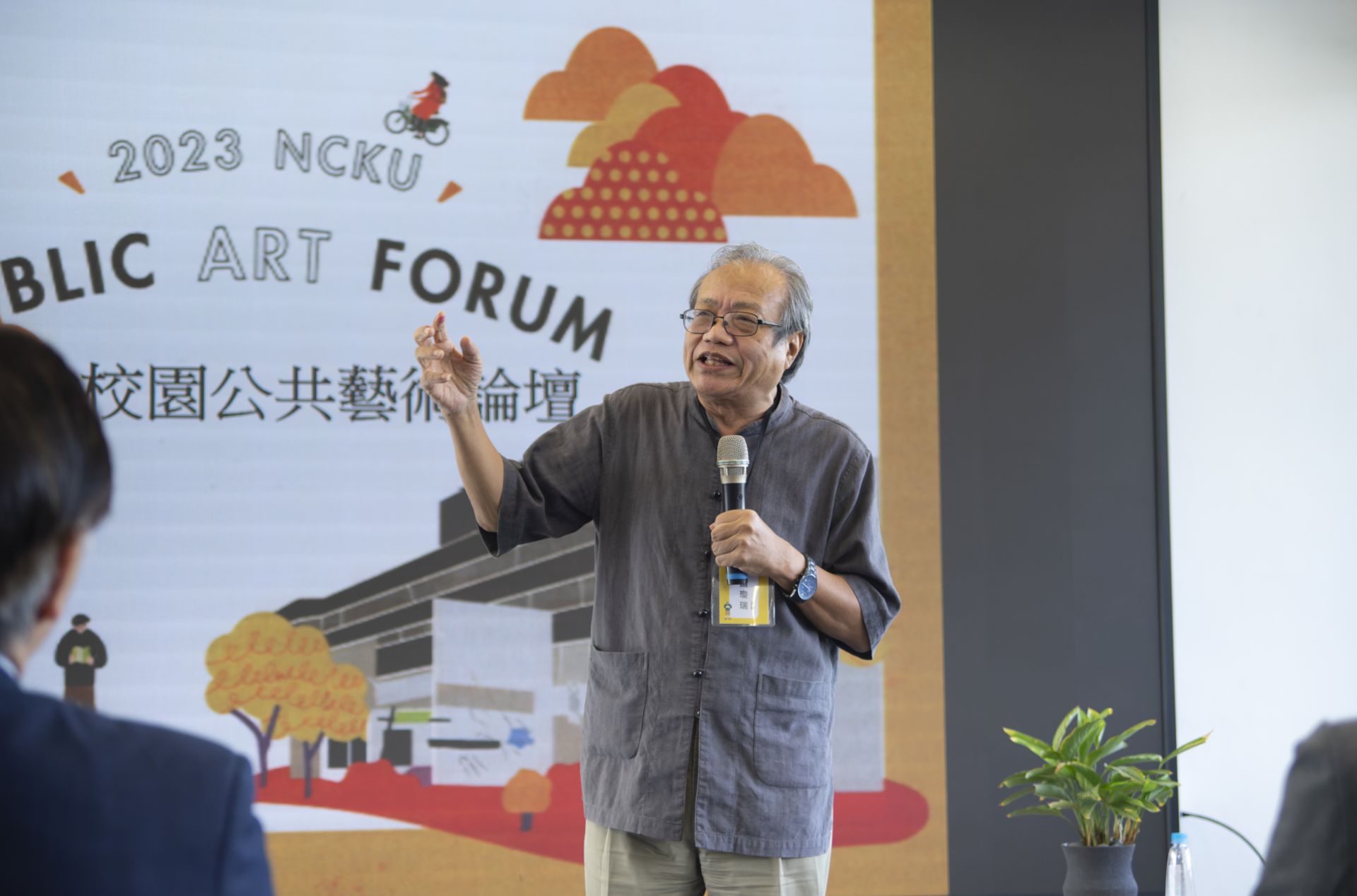
Professor Chong-ray Hsiao served as the curator for the two previous large-scale sculpture exhibitions and campus environmental art festivals at NCKU.
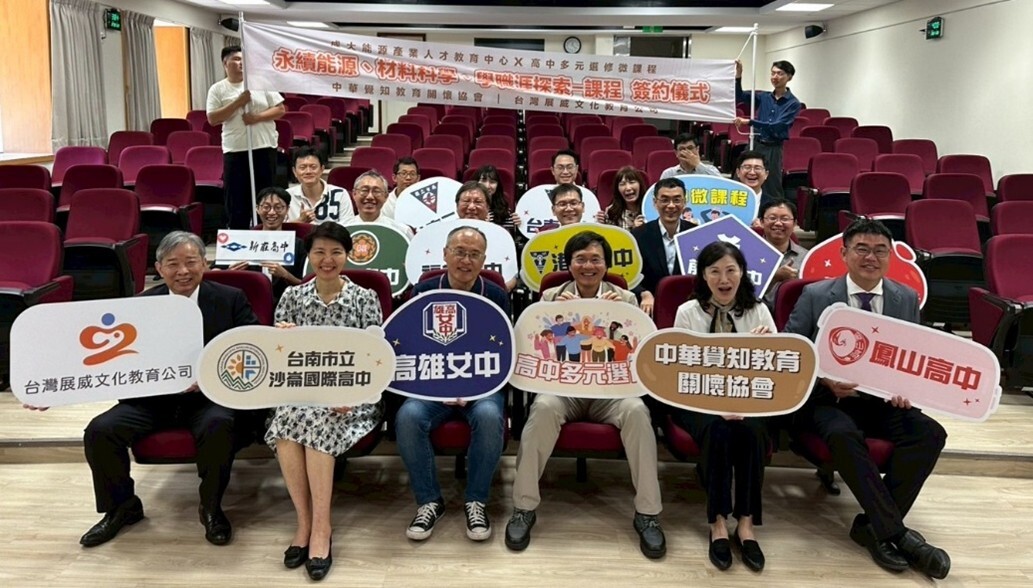
SDG4NCKU Energy Talent Center Teams Up with Southern High Schools for Sustainable Energy and Career Program
View more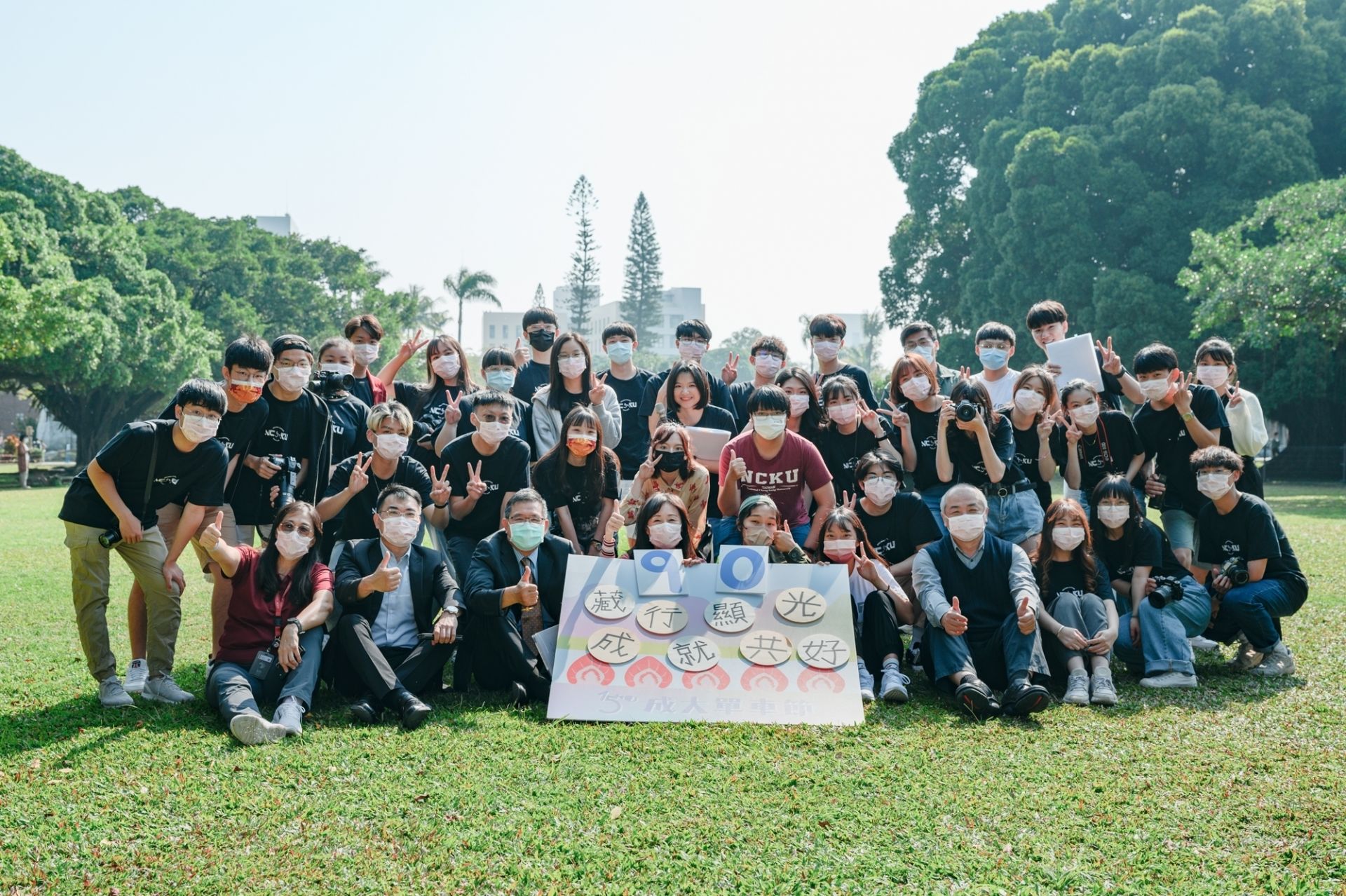
SDG415th NCKU Bike Festival Integrates Virtual and Real Resources, Satisfying All Kinds of Curiosity from Admission to Employment
View more



















